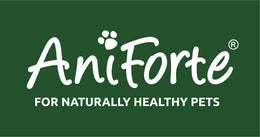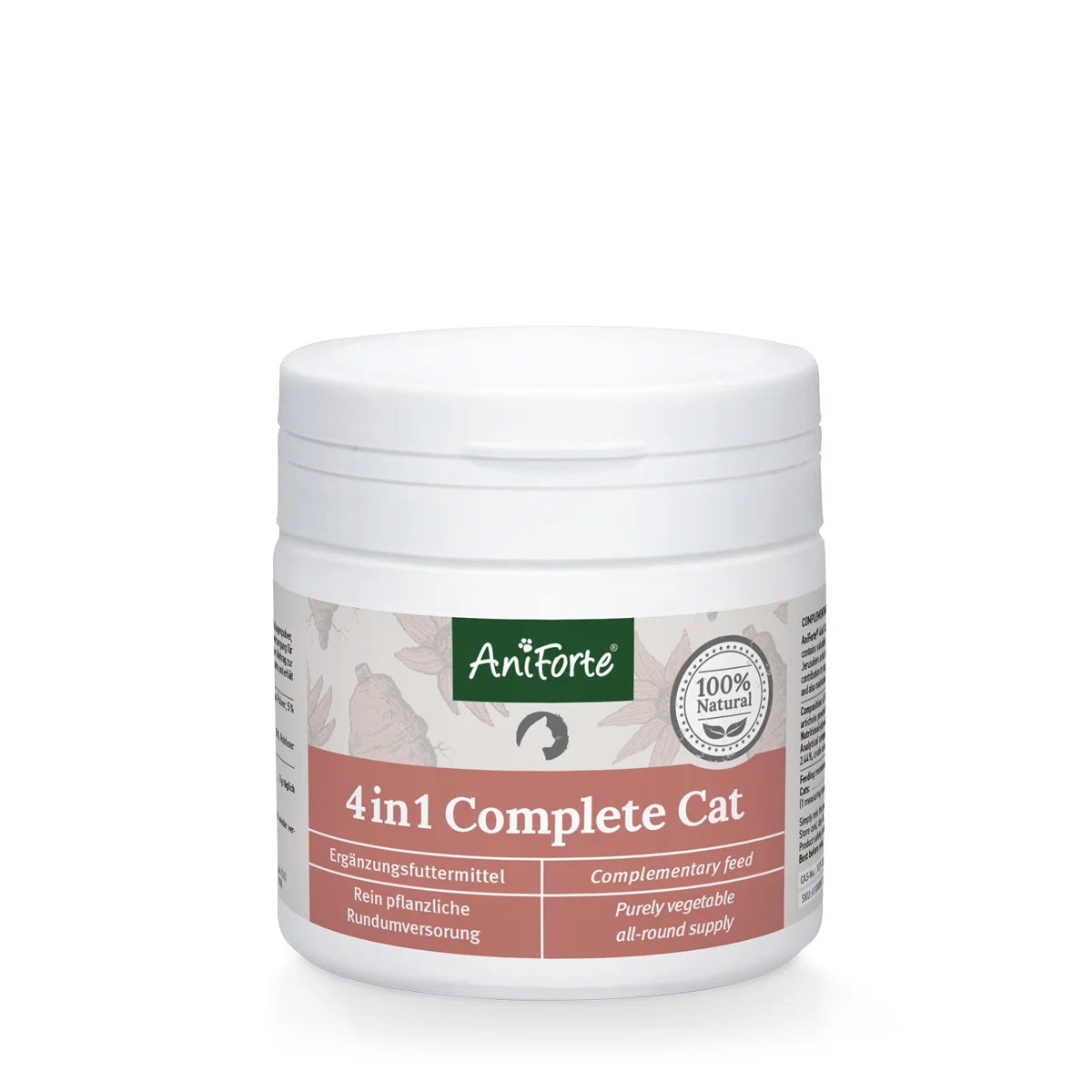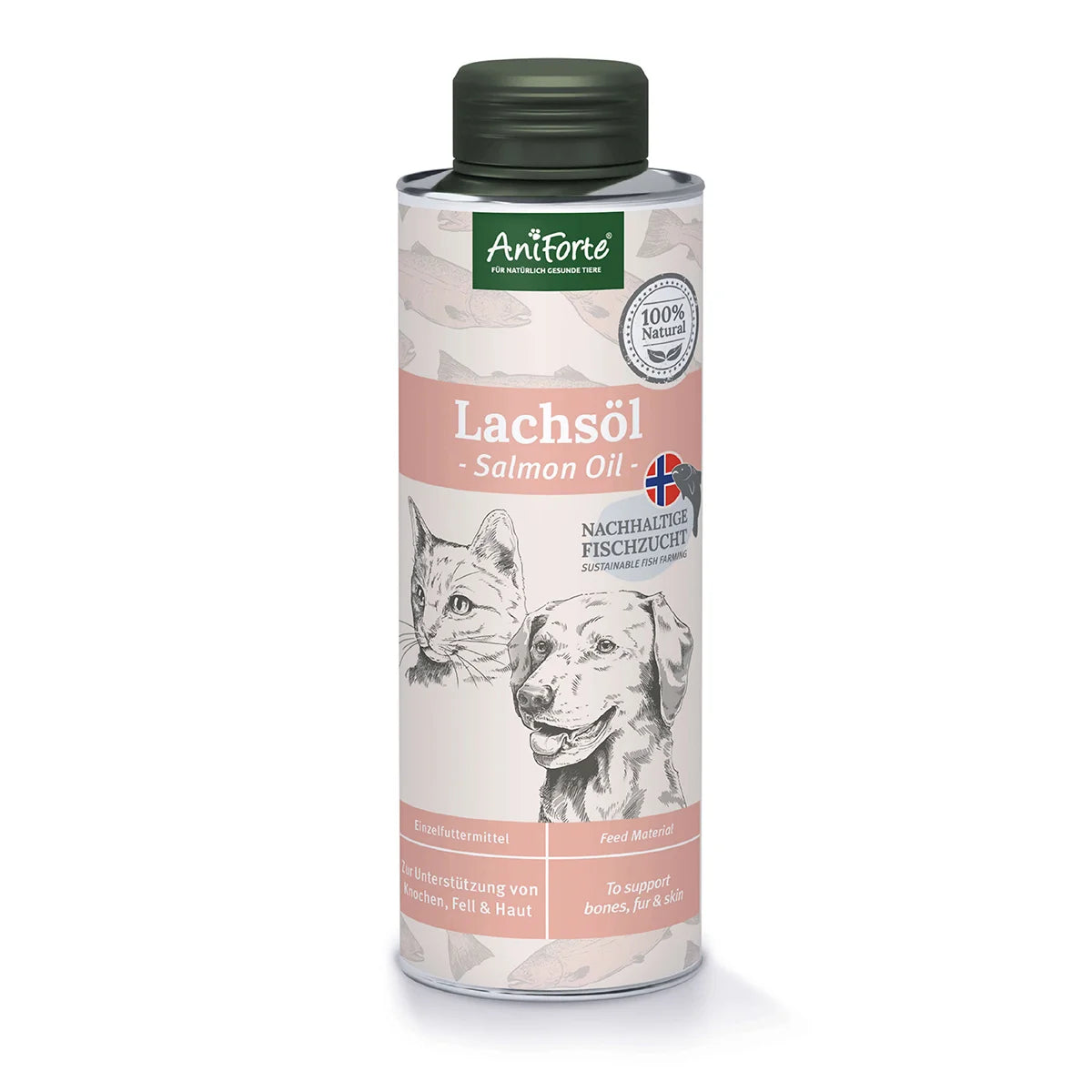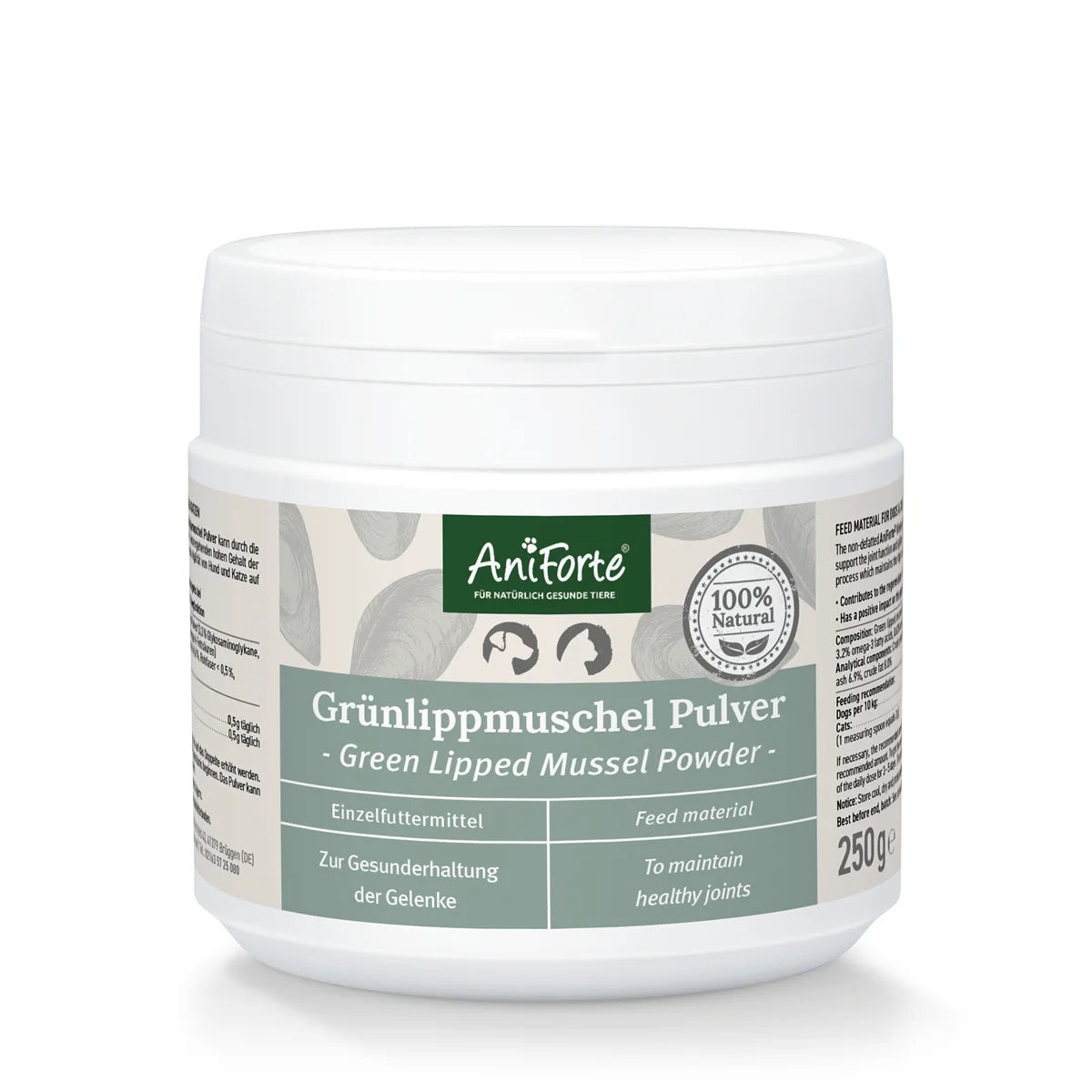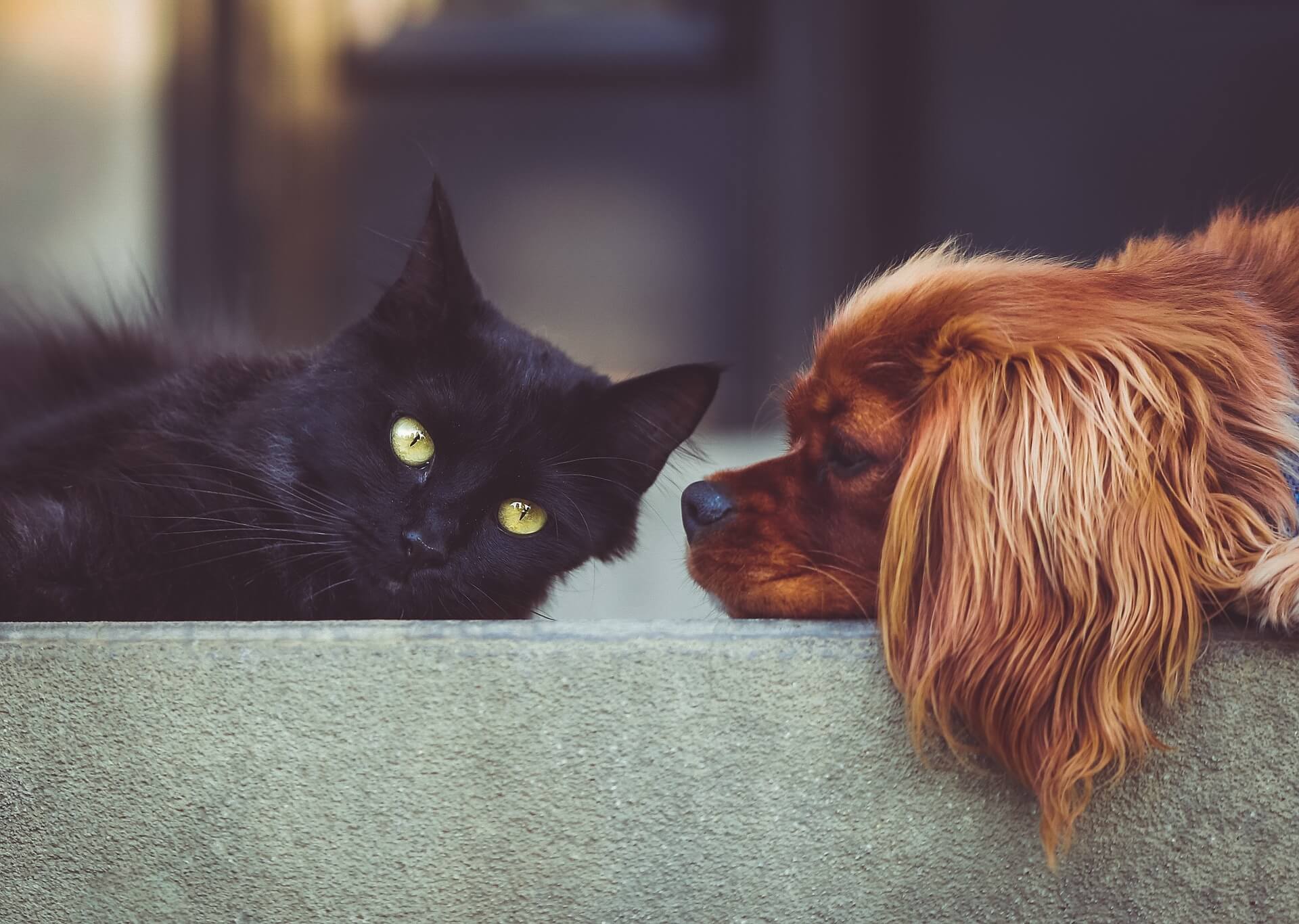If your dog's coat is brittle and dull, you can feed them AniForte® Fur Harmony feed oil. It provides your dog with important nutrients and supports a vital and shiny coat. If you would just like to maintain the coat and skin of your dog (or cat) then our natural and Norwegian salmon oil is best suited for additional feeding.
How Often Should You Brush Your Dog?Grooming isn’t just about keeping your dog looking good—it’s essential for their health and well-being. In the wild, grooming is a social and hygienic activity among pack animals. For our pets, it’s up to us to step in.
Why Regular Grooming Matters:- Health Benefits: Removes dirt, dead skin, and loose hair, making the skin breathable and supporting healthy fur regrowth.
- Wellness Boost: Stimulates blood circulation, sebum production, and the skin’s metabolism.
- Parasite Prevention: Brushing helps spot ticks, fleas, and other pests early. We offer a spot-on for dogs for effective defence against and prevention of ticks and other parasites.
- Seasonal Coat Changes: During spring and autumn, brushing aids in the coat transition and reduces shedding in your home.
- Adjust frequency based on coat type—longer, thicker coats need more attention than short, smooth ones.
- Use tools like ear cleaners and tick prevention products for comprehensive care.
- Aim for a minimum of once-a-week brushing for all dogs to lower risks of skin infections and fungal issues.
- Our ear cleaner can be used to gently remove dirt from the external auditory canal and care for the ears with the help of natural camomile extracts.
Regular grooming keeps your dog healthy, happy, and looking their best!
Which Brush for Which Coat?Grooming needs vary significantly based on your dog’s coat type. Here’s a quick guide:
Long-Haired Dogs:
- Grooming Frequency: Daily brushing is often essential to prevent dirt, matting, and manage thick undercoats.
- Tools: Start with a coarse comb, then finish with a fine comb or wire brush for long-haired breeds. For tangles, hold the mat with one hand and use a fine comb to gently work it out.
- Tip: Comb against the grain initially to loosen the coat, then brush from head to tail.
Short-Haired Dogs:
- Grooming Frequency: 1-2 times per week, except during coat changes when brushing is more frequent.
- Tools: Use a fur comb or a curry comb for bristly breeds, and a de-matting tool for knots. Rough-haired breeds may also need trimming with specialized tools.
- Tip: During coat changes, tools like the Furminator can help, but don’t overuse it to avoid excessive thinning.
Regular brushing keeps your dog comfortable, mat-free, and looking their best!
We recommend AniForte® Brewer's Yeast Powder for a healthy and strengthened dog coat. A natural product for the daily supply of important nutrients.
If your dog has rolled around in mud (or worse!) and a bath is unavoidable, you should use natural dog shampoos. For sensitive dogs, pay special attention to a sensitive shampoo that has been specially developed for the needs of sensitive dog skin. Check out our range of natural shampoos
Dog coat care: Part of the basic equipmentThere is a suitable grooming tool for every coat type. Whether comb, brush or trimmer, the dog's coat determines the grooming tool. Here you will find a list of the most important utensils for grooming at home:
- Coat comb and brush - a wire brush for long-haired dogs
- Terrier curry comb for stubborn bristly fur
- Trimmer, especially for short-haired dogs with a lot of undercoat
- Furminator for shedding
- AniForte® Coat Harmony Shampoo Coconut
- For sensitive dogs, use AniForte® Coat Harmony Shampoo Sensitive
- AniForte® Coat Harmony Care Spray Coconut for easier brushing
